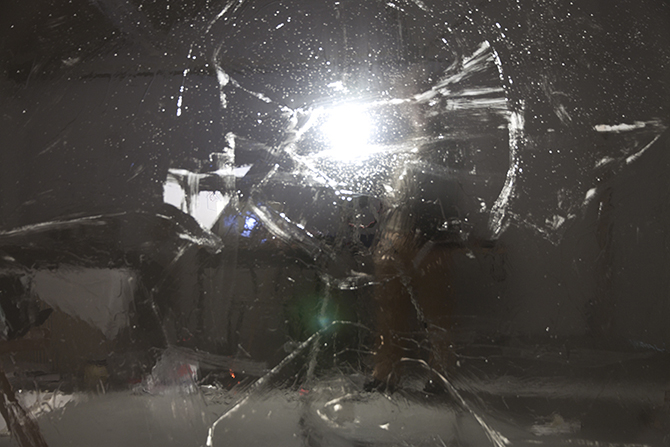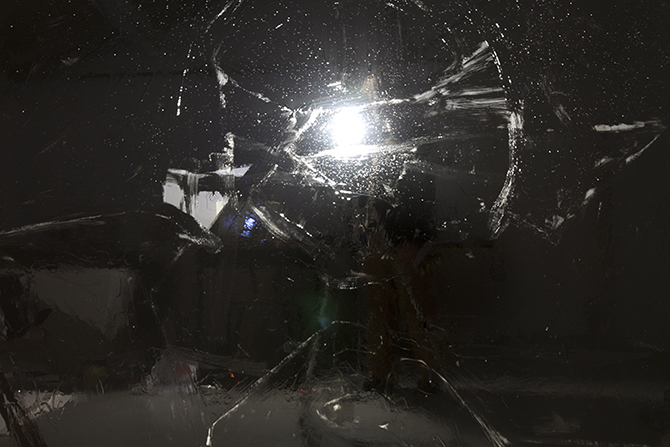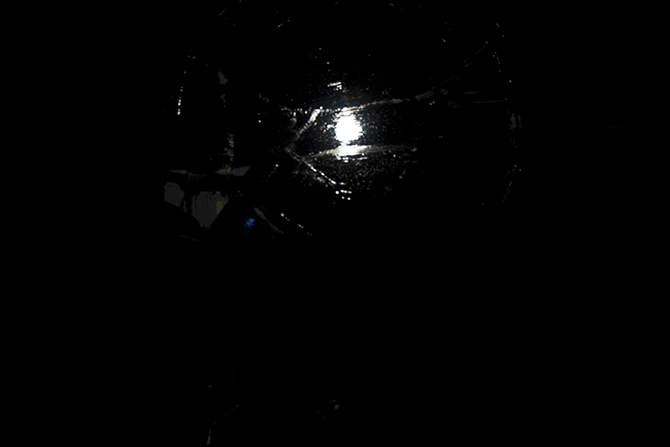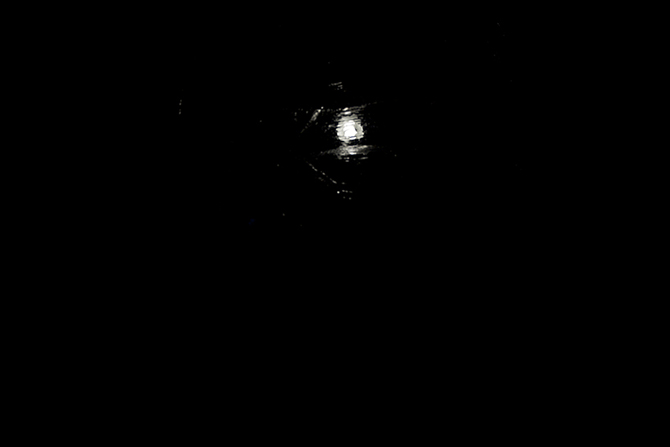








‘…and they began their preaching and then reenacted a miracle: over a crucifix of the church, a small piece of glass, which represented Jesus’ side wounds, began to emit lively rays of light. On the afternoon of a Sunday, April the 19th 1506, as a group of the faithful was enthralled in a mystical delirium facing the shining crucifix, a New Christian that had entered the Church was imprudent enough to point out to the fact that there was a candle burning behind the glass. Accused of being a blasphemer, he was lynched on the spot immediately by the people. Two Dominican friars then took to the streets of Lisbon, calling all good Christians to avenge such sacrilege. The mob was made up of a group of up to 500 Dutch and French sailors that had probably arrived in the ships owned by the German merchants, who were rival to the New Christian businessmen. The mob was strengthened by Lisbon’s poorer classes and numerous slaves. This mutinous band first constrained the agents of authority that had not left the city yet, and then began a barbaric, savage killing of the New Christian population, not to mention the pillaging and the rapes. The victims, whether dead or alive, were dragged to bonfires. The main target of this hatred, the tax collector Mascarenhas, was pursued and then beaten by the mob. Only after three days, when the number of the New Christian dead already reached the two thousand mark and after significant effort, did the king’s authority managed to regain the control of the city.’
‘… e encenaram um milagre: sobre o crucifixo da sua igreja, um pedaço de vidro que representava a chaga sobre o flanco de Cristo pôs-se a emitir vivos raios de luz. No domingo à tarde, dia 19 de Abril de 1506, enquanto um ajuntamento de fiéis estava prosternado em delírio místico frente ao crucifixo resplandecente, um cristão-novo que entrara na igreja teve a imprudência de fazer notar que havia uma vela atrás do vidro. Acusado de blasfémia, foi imediatamente linchado pelos presentes. Dois dominicanos percorreram então as ruas de Lisboa, apelando aos bons cristãos que vingassem o sacrilégio. A multidão era composta nomeadamente por quinhentos marinheiros holandeses e franceses, vindos provavelmente de barcos pertencendo a mercadores alemães rivais dos cristãos-novos. Aos marinheiros juntou-se a arraia-miúda de Lisboa e numerosos escravos. Os amotinados neutralizaram alguns agentes da justiça que não tinham deixado a cidade e depois lançaram contra a população de cristãos-novos uma matança selvagem, acompanhada de pilhagens e violações. As vítimas, mortas ou vivas, foram arrastadas para grandes fogueiras; o recebedor de impostos Mascarenhas, alvo principal do ódio, foi perseguido e espancado pela multidão. Ao cabo de três dias, quando pelo menos já dois mil cristãos-novos tinham perdido a vida, a justiça real retomou com dificuldade o controlo da cidade.’
In:
“História dos Judeus Portugueses”
Carsten L. Wilke
Edições 70, Lisboa